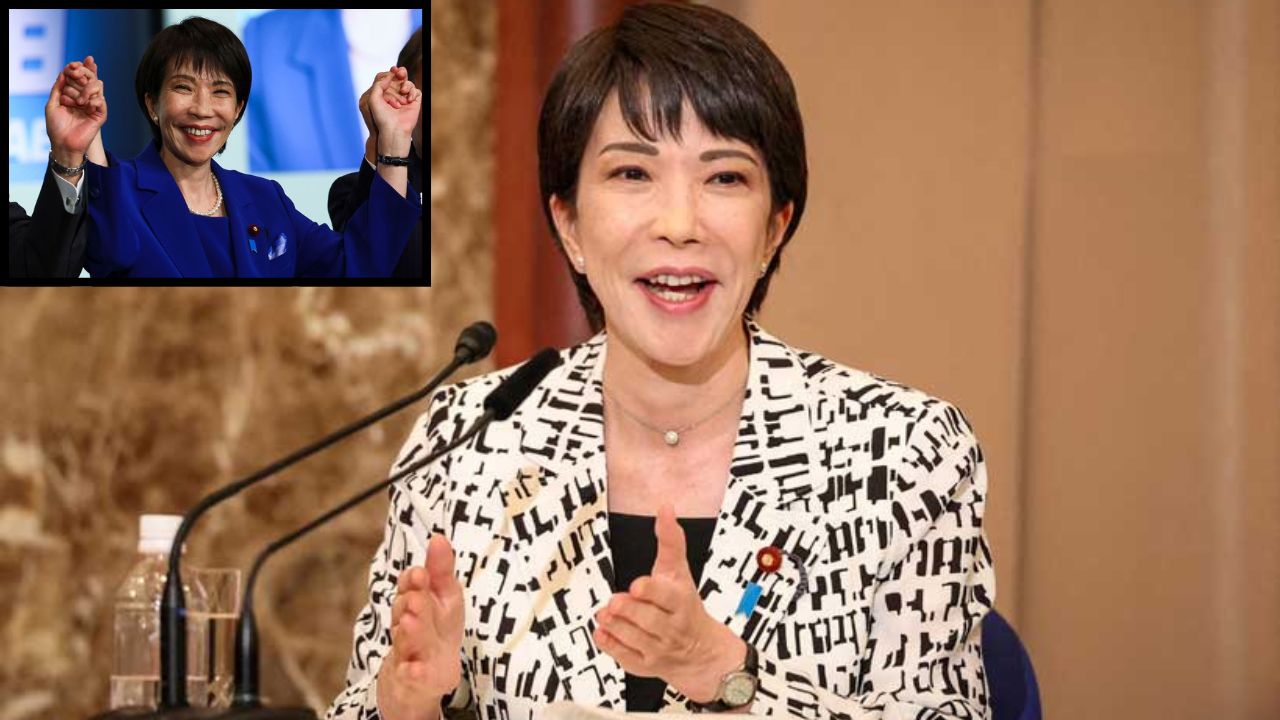Tokyo: Sanae Takaichi made history by becoming Japan’s first female prime minister after securing a decisive win in the parliamentary vote. Takaichi reportedly received 237 votes in the first round of the Lower House election, eliminating the need for a runoff in the 465-seat chamber.
Her election ended a three-month political deadlock following the Liberal Democratic Party’s (LDP) disappointing performance in the July elections.
Coalition Deal Secures Leadership
Takaichi’s rise follows a weekend agreement between the ruling LDP and the Japan Innovation Party (JIP) to form a coalition government. She will succeed Prime Minister Shigeru Ishiba, who resigned along with his Cabinet on Tuesday, after serving just one year.
When will India get its first Bullet Train? How is Japan helping fulfill this long-awaited dream?
At a signing ceremony with JIP leader and Osaka Governor Hirofumi Yoshimura on Monday, Takaichi emphasized the need for political stability. “Without stability, we cannot push measures for a strong economy or diplomacy,” she said.
How the Voting Works
In Japan, a candidate for prime minister must secure a simple majority in both the Lower and Upper Houses of Parliament to be elected. If no candidate achieves this majority, a run-off is held between the two leading candidates from the first round.
The candidate who wins the most votes in the run-off is declared prime minister, even without a majority. If the two chambers disagree, the decision of the Lower House takes precedence, as noted by Reuters.
Forming a Cabinet
Following her election, Takaichi is expected to form a Cabinet including allies of LDP kingmaker Taro Aso, along with other key supporters from the party leadership. Analysts anticipate that her Cabinet appointments will reflect a blend of experience and loyalty to LDP’s top leadership.
Political and Policy Stances
Takaichi is widely known for her conservative views. She has opposed measures for women’s advancement, supports male-only succession in the imperial family, opposes same-sex marriage, and is against allowing married couples to have separate surnames.
A protege of the late former Prime Minister Shinzo Abe, Takaichi is expected to continue his policies, including strengthening Japan’s military and economy, as well as pursuing constitutional revision.
International Image and Criticism
Often calling herself Japan’s “Iron Lady” in admiration of Britain’s Margaret Thatcher, Takaichi has drawn criticism for her hardline stances. Opponents, including former Premier Fumio Kishida, have labeled her “Taliban Takaichi” due to her conservative views.
PM Modi meets Japanese PM Shigeru Ishiba in Tokyo; Strengthens bilateral ties
She is a wartime history revisionist, takes a hawkish stance on China, and has frequently visited the Yasukuni Shrine, a symbol of Japan’s militaristic past. However, it remains unclear whether she will continue such visits as prime minister.
Outlook for Japan
Takaichi’s leadership comes at a crucial time for Japan, which faces regional security challenges and domestic economic pressures. While her election marks a historic breakthrough for women in Japanese politics, her conservative policies and hawkish international stance suggest continuity with the Abe-era approach rather than a shift toward progressive reforms.

